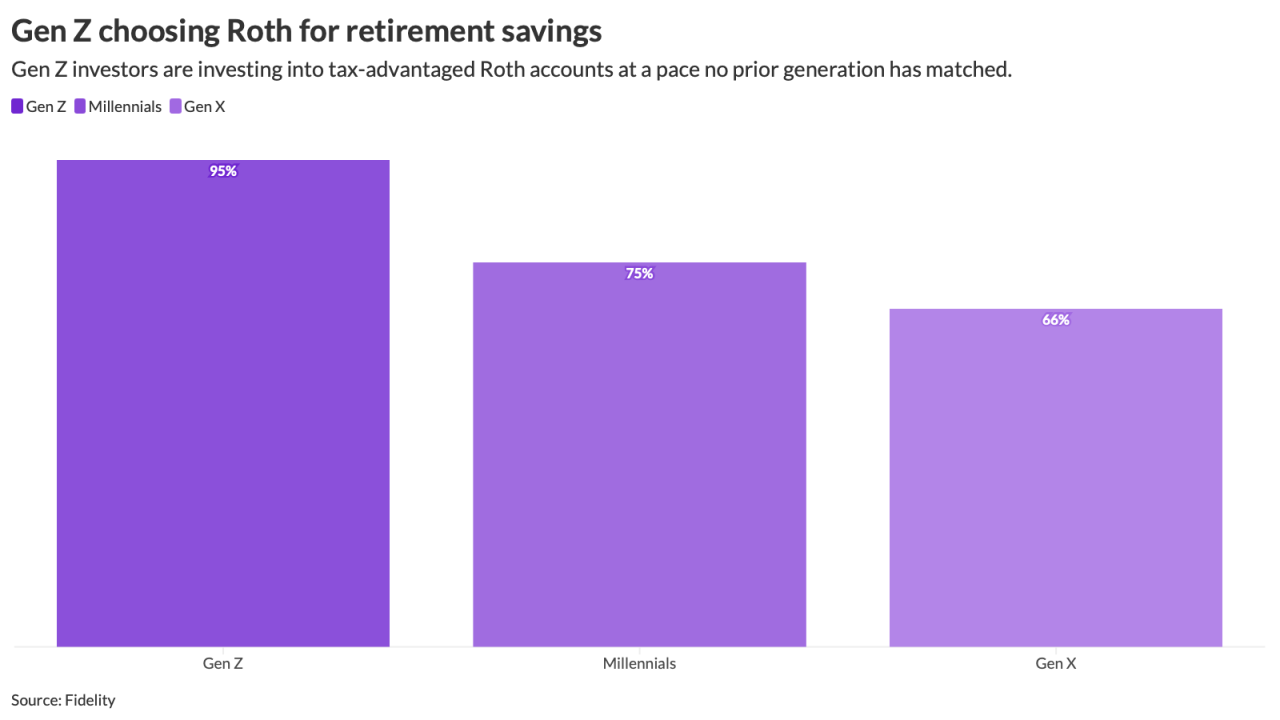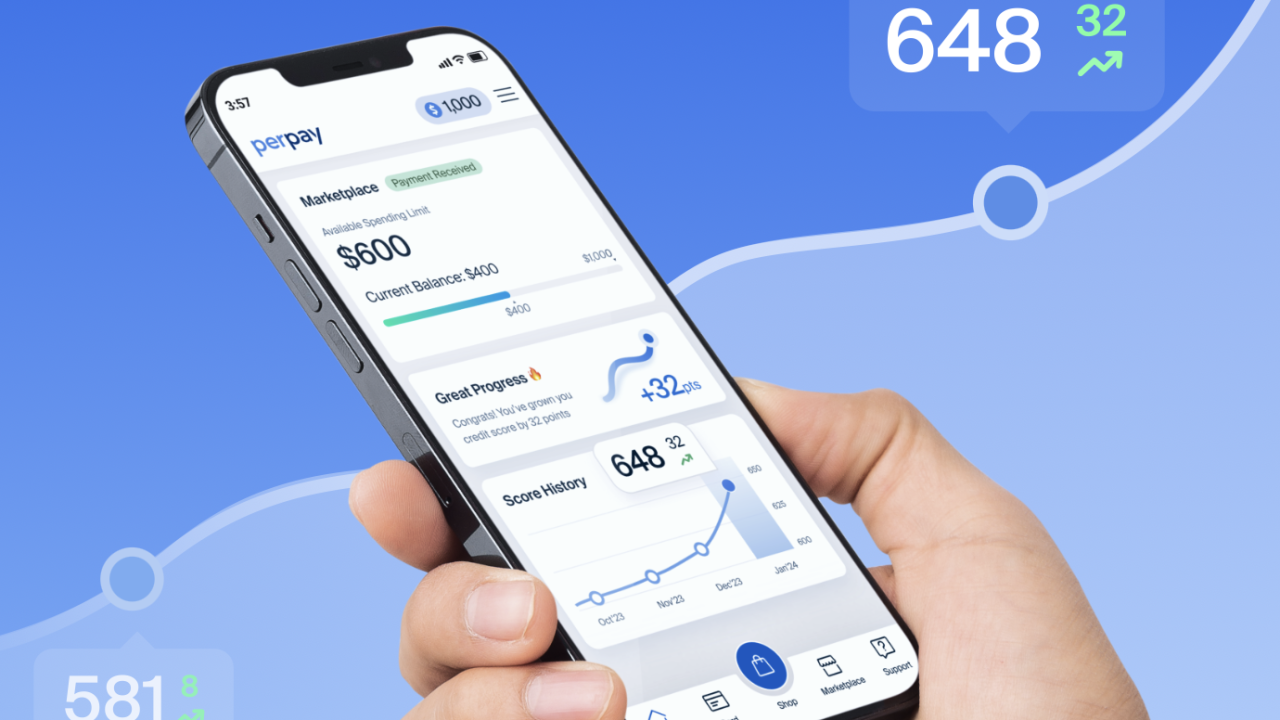Access to pharmacy and medical claims data is among the most fundamental needs for evaluating a
The Consolidated Appropriations Act of 2021, known as the CAA, and other laws make it clear that plans own this data and plan sponsors have a fiduciary obligation to evaluate plan costs to
I've had to answer these questions multiple times over my 35-plus years in this industry, and there are several things plan sponsors, with the help of their benefit advisers, should consider that will help
Quality claims data is hiding in plain sight. These days, everything in healthcare seems to be labeled "transparent," but data access and quality largely depend on the entity that collects and houses a health plan's claims data. Unfortunately, traditional pharmacy benefit managers (PBMs) and third-party administrators have relied on complex and opaque contracts to avoid providing plan sponsors with their data or supplying them with convoluted data. One thing is clear: It has not been as easy as it should be for plan fiduciaries to access their data in a readily usable format.
Read more:
Thankfully, the U.S. government has passed several pieces of legislation, including the CAA, Health Insurance Portability and Accountability Act and Transparency-in-Coverage Rules, among others, that make it clear who owns a plan's data: the plan. Within the CAA is the prescription drug data collection requirement and every year, some of the data that plan sponsors need is submitted to the Centers for Medicare and Medicaid Services in June. Obtaining this data is a basic step that a plan sponsor can take, but having lists of the top 50 drugs by spend or rebates, which are included, is insufficient to meet the fiduciary obligation.
What claims data is needed and what data are nice to have? It can be overwhelming and confusing for plan sponsors to know where to start and what data to ask for. So, here are three of the must-haves for effective cost analysis and plan management:
1. Prescription drug claims, including utilization
This includes details on every prescription filled by a plan member, including drug name, dosage, quantity, National Drug Code (NDC), total cost, what the plan and member paid and dispensing pharmacy information.
2. Manufacturer revenue
This involves information on rebates and any other remuneration received from manufacturers, including amounts, timing and conditions of the payments.
3. Drug channel and day supply
This includes detailed information on the quantity dispensed, as well as whether the drug was dispensed by a retail, mail order or specialty pharmacy.
Read more:
Access to claims data enables plan sponsors to identify cost drivers, assess the impact of formulary decisions and negotiate better contract terms with PBMs. Beyond that, data access can also help improve healthcare outcomes, assist with regulatory compliance and provide the details necessary to make informed decisions regarding future plan design, whether it's formulary management, other wellness program changes or anything in between.
PBM contracts are notoriously complex and obtuse. Having on-site expertise to improve the balance of new contracts, or at least understand the contractual nuances (e.g., how rebates are defined), is becoming more common despite the added cost associated with additional resources. In the absence of on-site expertise, employers will want to explore contracting with a pharmacy consultant or actuary, preferably one who understands the value of the clinical components of a plan such as prior authorization approval rates or auto-refill protocols.
Once the data is obtained, it's time to analyze it. The ultimate goal is to understand the per-claim rate compared to the aggregate rate. In my experience, aggregate rates generally favor the PBM, while per-claim auditable rates favor the plan sponsor. This is because aggregate rates can't be held accountable at the claim level.
When I was doing this work, I discovered that our plan was paying a confusing per-claim rate based on average wholesale price (AWP) minus a discount that the traditional PBM controlled. I created a formula to bring the NDC in from another source to identify the price we were paying for the drugs our members were taking. Then, I had to normalize the data to ensure I was working with apples-to-apples information.
Expertise in pharmacy supply chain economics helps because understanding unit of measure is critical to doing an effective audit of claims and analyzing what's driving total spend. To arrive at unit cost, it's critical to review tablets at the per-pill level, topical creams and ointments by volume or injections of various kinds grouped similarly (e.g., pens vs. vials). Only then can an organization decipher the true net cost of what the plan is paying for medication to make more informed decisions.
Read more:
After the data is analyzed, it can be leveraged to make better plan decisions.
The following may result in effective cost control or provide the plan with flexibility to make more meaningful decisions and meet fiduciary obligations:
- Formulary adjustments: Proactive changes to the formulary based on data can affect the availability of medications and enable the plan to adjust, for example, tier setup or copay structures.
- Limit oversupply: Data indicating that members have a greater supply on hand than necessary can help control waste. A 14-day supply of "excess medication" is considered clinically appropriate.
- Plan design: Understanding the drivers of drug spend helps with decision-making regarding future premiums or copay tiers.
We can only achieve true transparency in healthcare if stakeholders freely exchange data and information. The bottom line is this: Once Rx data is accessed, make sure it's being used to benefit the plan and its members. Otherwise, what's the point of collecting that data in the first place?






